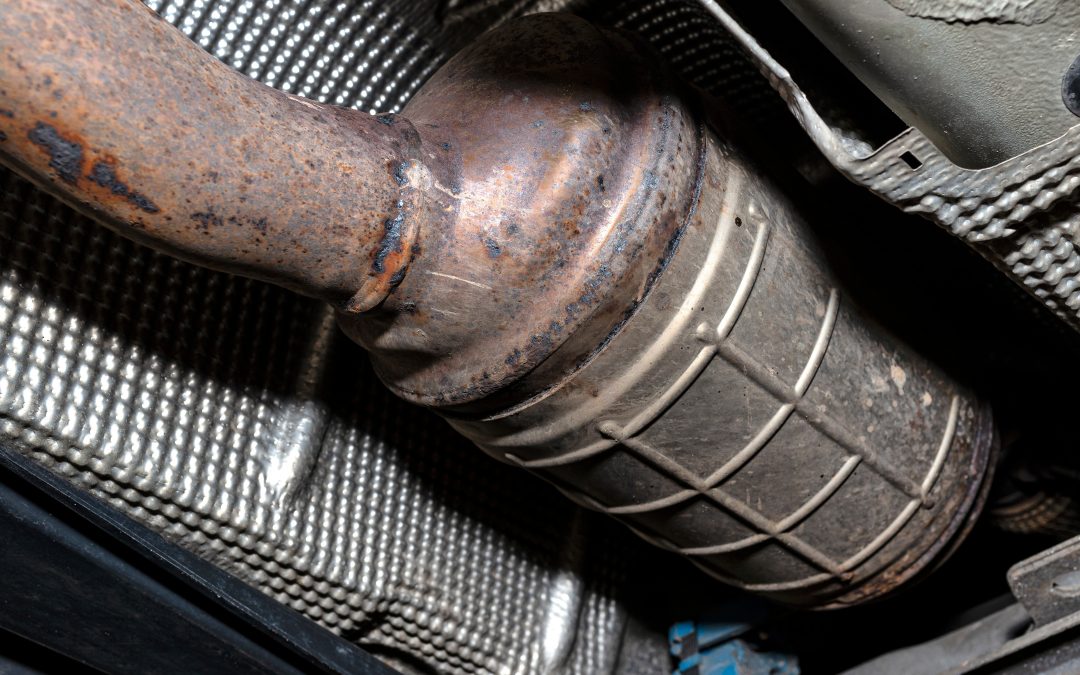Diesel engines have always been known for their efficiency and power, but they also come with a downside – high emissions. In order to comply with strict emission standards, diesel engines are now equipped with a range of advanced technologies, including DPF and AdBlue systems.
DPF (Diesel Particulate Filter) traps and removes harmful particulate matter from the diesel engine exhaust. AdBlue, on the other hand, is a liquid solution that is added to the exhaust system to reduce NOx (nitrogen oxides) emissions. These systems play a vital role in reducing air pollution and ensuring clean air for the environment.
However, some people may consider removing or disabling the AdBlue system by “mapping it out” as a way to save money or increase engine performance. This practice is highly discouraged and illegal in many countries for a number of reasons.
Firstly, removing the AdBlue system can result in very high levels of NOx emissions, which can result in both environmental and health risks. Increased NOx levels contribute to the formation of smog and acid rain, as well as respiratory and cardiovascular health problems, especially in urban areas.
Secondly, any tampering with the AdBlue system will result in the vehicle failing its MOT (roadworthiness test) and invalidating the warranty. This means that the vehicle might not be road legal and the owner could face legal consequences and fines.
Thirdly, removing or disabling the AdBlue system can cause significant damage to the engine itself, leading to costly repair bills. The AdBlue system is designed to work in conjunction with the engine management system, any modifications made to the system can cause the engine to become unresponsive and even break down.
In conclusion, the DPF and AdBlue systems play a crucial role in reducing the harmful emissions from diesel engines and should not be removed or disabled. Instead, vehicle owners should ensure that these systems are properly maintained and in good working condition. Any tampering of these systems will not only have legal consequences but also pose environmental and health risks.
